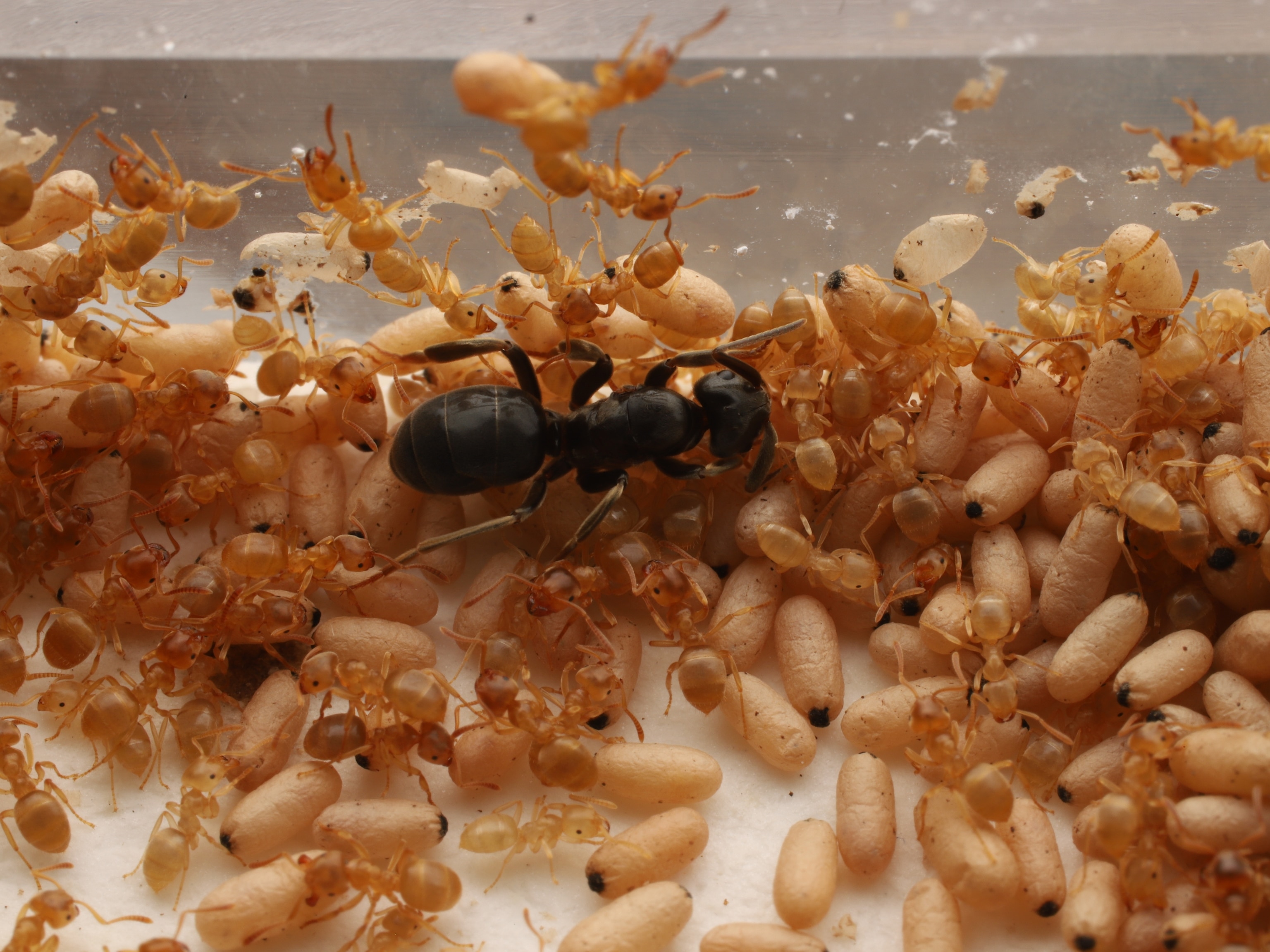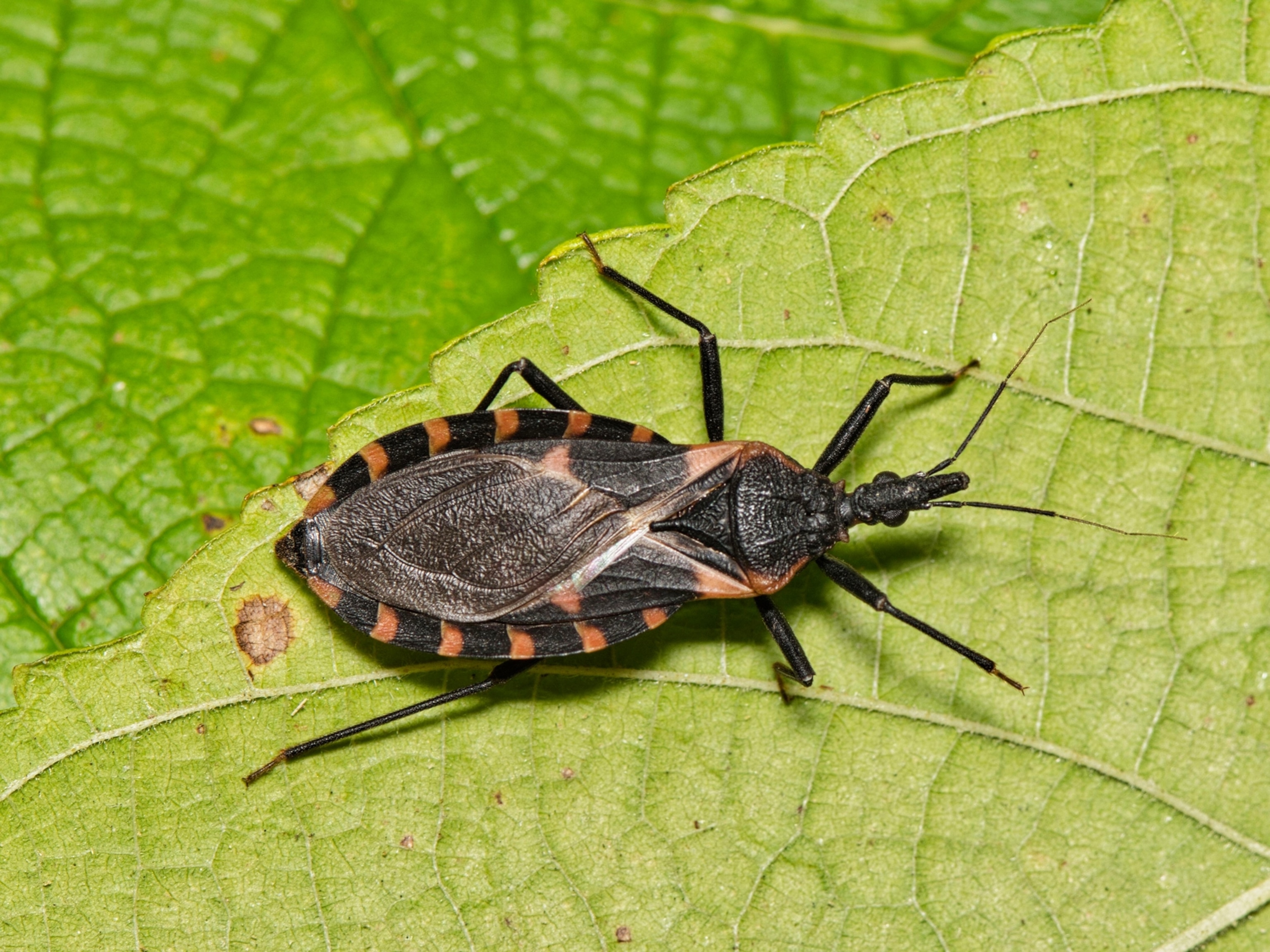
Crickets Act Differently When Others Are Watching
Male insects are more aggressive when they have an audience, study says.
Everybody loves an audience—even crickets.
A new study shows that the insects change their aggressive behavior when they know other crickets are watching, the first time this phenomenon has been observed in any invertebrate. Mammals, birds, and fish are all known to be influenced by others.
In recent experiments, male crickets fighting in an arena acted more violently—and upon winning, were more jubilant—when other male or female crickets were in the audience. (See National Geographic's bug videos.)
Found worldwide, crickets live in communities defined by conflicts between individuals, usually to gain access to territories, resources, and mates.
(Cricket Has World's Biggest Testicles (But Puny Output))
But most previous research has focused on the fighters themselves, without placing them in the social networks in which they live.
Watch a video of a cricket fight and victory dance (around 45 seconds).
Now, the new study reveals that cricket behavior "is much more complex than we give them credit for," said study leader Lauren Fitzsimmons, a biologist at the University of Windsor in Ontario, Canada, and a postdoctoral research fellow with the Natural Sciences and Engineering Research Council of Canada.
Robert Matthews, a professor emeritus of entomology at the University of Georgia who was not involved in the study, said, "It's an area that should have been looked at long ago.
"Contests don't occur in isolation," he said. "They always are in a social context."
Taking the Stage
For their experiments, Fitzsimmons—then a Ph.D. student at Carleton University—and advisor Sue Bertram caught male and female crickets from local fields and reared their offspring in isolation in the laboratory. The team then put pairs of either wild-caught males or laboratory-raised males in a small arena at separate times, which always led to fights.
In a glass-separated viewing area adjacent to the arena, the scientists set up experiments with three audience situations: a male watching and listening to a fight, a female watching and listening to a fight, or no audience. The lab-raised male fighters had a lab-raised audience, and the wild crickets had a wild-caught audience. (See pictures of the world's deadliest animal battles.)
The researchers then videotaped each fight and played them back in slow motion, noting the aggression and overall behavior of the males in the three separate audience situations.
When males battle, they touch antennae, push each other with their jaws, bite, and grapple. The winner then shakes his body vigorously and rubs his wings together to make a distinctive song, similar to "a touchdown dance with football players," said Fitzsimmons, whose study appears July 9 in the journal Biology Letters.
The results showed that all the males fought more violently, and put on more grandiose victory dances, when a male or a female was watching and listening than when they had no audience at all. (As for the audience members, they spent about half their time grooming and sniffing around and the other half as rapt observers, especially when a fight escalated.)
What's more, wild males responded more strongly overall to an audience than did lab-reared crickets, suggesting that the isolated laboratory insects didn't have enough social exposure to other crickets to know what was going on.
Fitzsimmons suspects there are reasons why the fighting males acted more aggressively around other crickets, both females and males. For one, female crickets prefer dominant males—usually the winner of the fight—so an aggressive male may get to mate with the female if he wins. (See "Wild Romance: Weird Animal Courtship and Mating Rituals.")
And when a male is in the audience, fighters may show aggression as a way of "advertising their strength to tell other males they don't want to mess with them," explained Fitzsimmons.
Clever Crickets
Overall, the study is an advance because it shows that insects can "learn to a certain extent—they have capacity for memory or adapting behavior over time," she said.
The next logical step, she said, is to find out whether the female or male observers are influenced by watching the fight—for example, in choosing a mate. "That's absolutely possible," she said.
The University of Georgia's Matthews agreed: "We used to think that insects didn't learn anything—that it was restricted to vertebrates. That's all changed now."
"I wonder," he quipped, "what Jiminy Cricket would have thought."
Follow Christine Dell'Amore on Twitter and Google .




